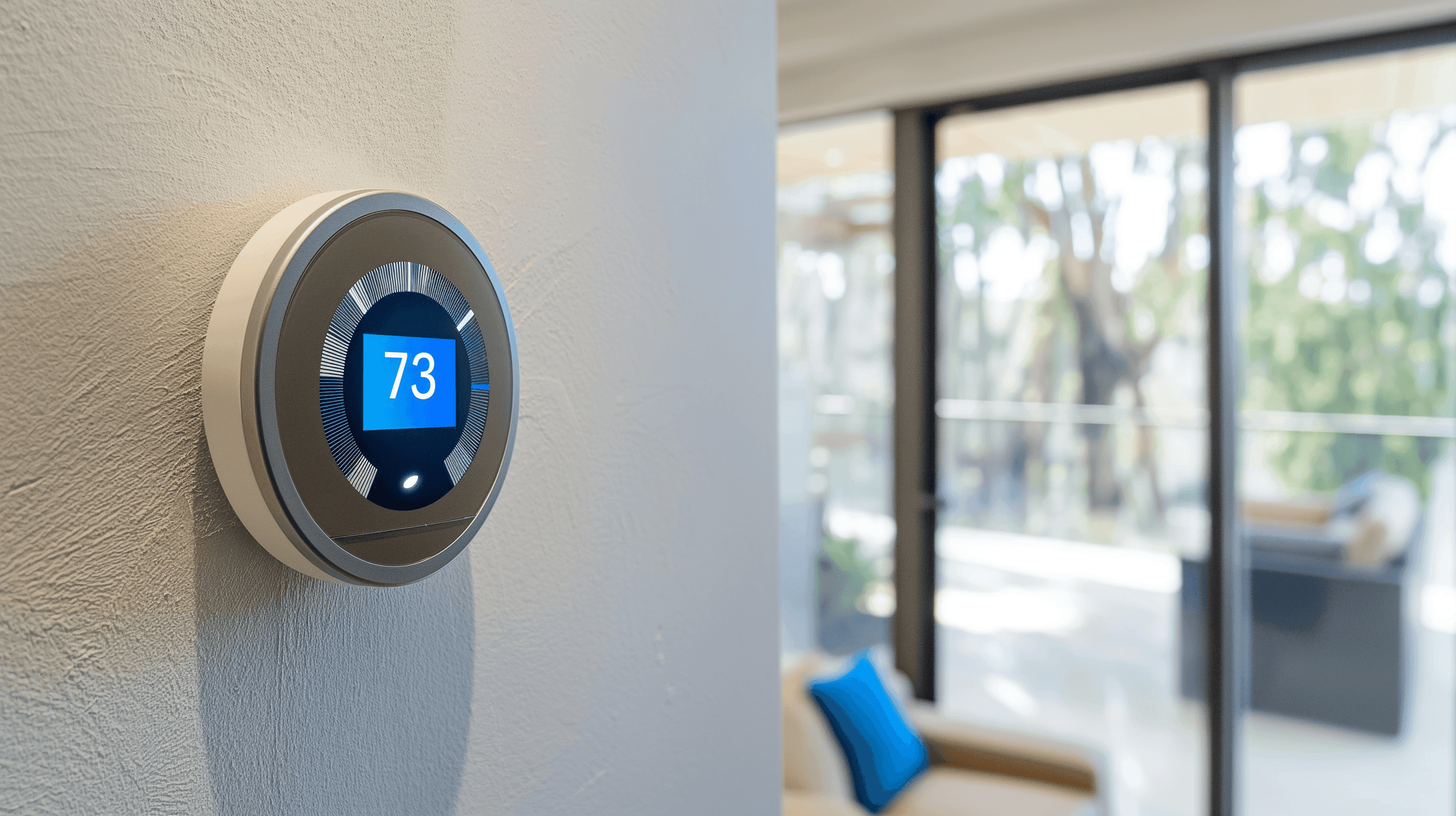Maximizing Comfort and Efficiency with HVAC Zoning Systems

An HVAC zoning system offers homeowners unparalleled control over their indoor climate, providing increased comfort and flexibility. By dividing homes into distinct temperature zones, each independently controlled by its thermostat, these systems optimize comfort levels while minimizing energy waste.
In this comprehensive guide, HVAC.com discusses how HVAC zoning systems work, their benefits and drawbacks, and cost considerations.
Understanding HVAC Zoning Systems
Traditional HVAC systems rely on a single thermostat to control the temperature throughout the entire home. This method can result in uneven heating or cooling and energy waste, as different areas of the house have varying requirements.
HVAC zoning systems address this issue by dividing the home into multiple temperature zones, typically based on usage patterns, occupancy, and comfort preferences. Each zone is equipped with its own thermostat and dampers within the ductwork to control airflow.
How Zoning Systems Work
A zoning system operates through a network of thermostats, dampers, and a central control panel. When a specific zone’s thermostat detects a deviation from the set temperature, it sends a signal to the control panel, which in turn signals the corresponding dampers in the ductwork to open or close to regulate airflow to that zone. This targeted approach ensures that conditioned air is directed only where needed for increased energy efficiency and comfort.
HVAC zoning is a popular option for new HVAC systems, although it can be retrofitted to an existing system to improve temperature control.
Benefits of HVAC Zoning Systems
Some of the benefits of installing a zoned HVAC system in your home include:
- Enhanced Comfort: Zoning allows family members to customize temperatures to meet their individual preferences. For example, if you prefer the temperature cooler at night and your son favors it warmer, you can each adjust the temperature appropriately in your bedrooms, so everyone is comfortable and happy.
- Energy Efficiency: By conditioning only occupied areas, zoning systems reduce energy consumption, resulting in lower utility bills. This is especially helpful if you have rooms in your home that are rarely used such as a guest bedroom.
- Extended Equipment Lifespan: Reduced workload on HVAC equipment leads to less stress and wear and tear, potentially prolonging the lifespan of the system and reducing the need for HVAC repairs or replacements.
Cons of Zoned HVAC Units
Although zoning systems are an ideal option for some homeowners, they’re not for everyone. If you’re starting from scratch with a new build or a completely revamped HVAC system, it’s worth it to consider creating temperature zones. However, turning a traditional central HVAC system into a zoned one takes some expense and effort.
Depending on the type of system you choose, you could spend thousands of dollars to create HVAC zones – not to mention the inconvenience of having technicians working in your home potentially for several days. You may have to engage multiple types of contractors, including an electrician and a drywall specialist.
Finally, zoned HVAC is not suitable for certain homes. If you have a smaller house and don’t experience any especially hot or cold spots or have rooms that you rarely use, installing a zoned system may not be worth the hassle.
Cost Considerations
The cost of installing an HVAC zoning system varies depending on factors such as the size of the home and the installation requirements. While upfront costs may be higher compared to traditional HVAC setups, the long-term savings in energy bills and improved comfort levels may justify the investment.
Is an HVAC Zoning System Right for You?
HVAC zoning systems provide a significant advancement in home comfort and energy efficiency, offering homeowners increased control over their indoor climate. By dividing your home into temperature zones, you can improve the efficiency of your HVAC system and maximize comfort. Speak with a qualified HVAC technician to learn whether a zoned HVAC system might be right for your home, comfort needs, and budget.